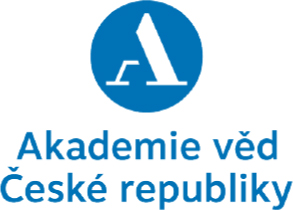The paper presents an application of a mixed-methods designThe paper presents an application of a mixed-methods designin the study of interethnic attitudes (prejudice). Its goal is toanalyze the relationship between attitudes towards the Romaand contacts with members of this group. Both quantitative andqualitative empirical material is used here and methodologically,the analysis presented seeks to verify the applicability, limitsand usefulness of mixed methods for prejudice research. Theoretically,the text is based on the contact hypothesis, whichmainly holds that contacts with members of a group that istargeted by prejudice lower the level of prejudice towards thegroup as a whole. It was formulated by Gordon Allport in the1950s and developed later by authors like Thomas Pettigrewor Linda Tropp. The premises of the contact hypothesis are appliedin the case of attitudes towards the Roma in the CzechRepublic. Mixed-methods design provides the methodologicalframework for this study. A secondary analysis of quantitativesurveys (by the Public Opinion Research Centre) is followed(enriched and deepened) by a primary analysis of qualitativesemi-structured interviews with a purposive sample of membersof the Czech majority. This mixed design is intended toachieve more comprehensive and convincing results comparedto a single-method (either qualitative or quantitative) approach.
Intergroup Contacts and Attitudes to the Roma in the Czech Republic: A Mixed-Methods Analysis
2019-03-17
2018/2



